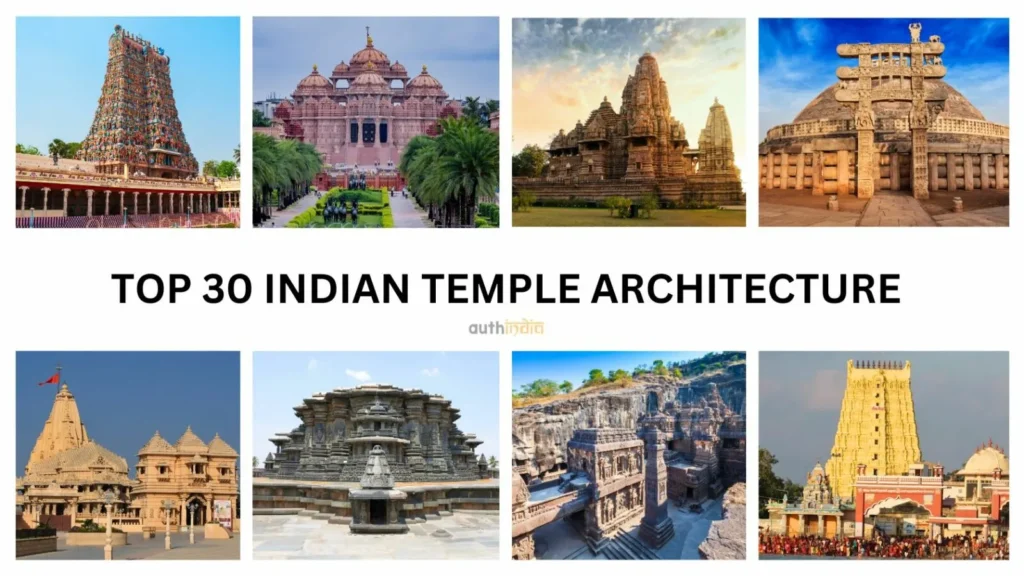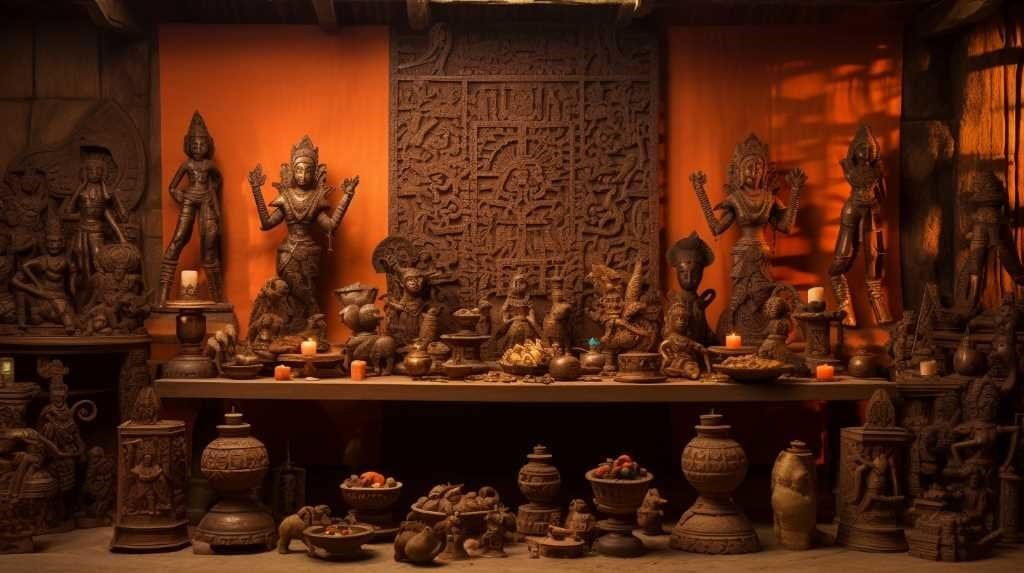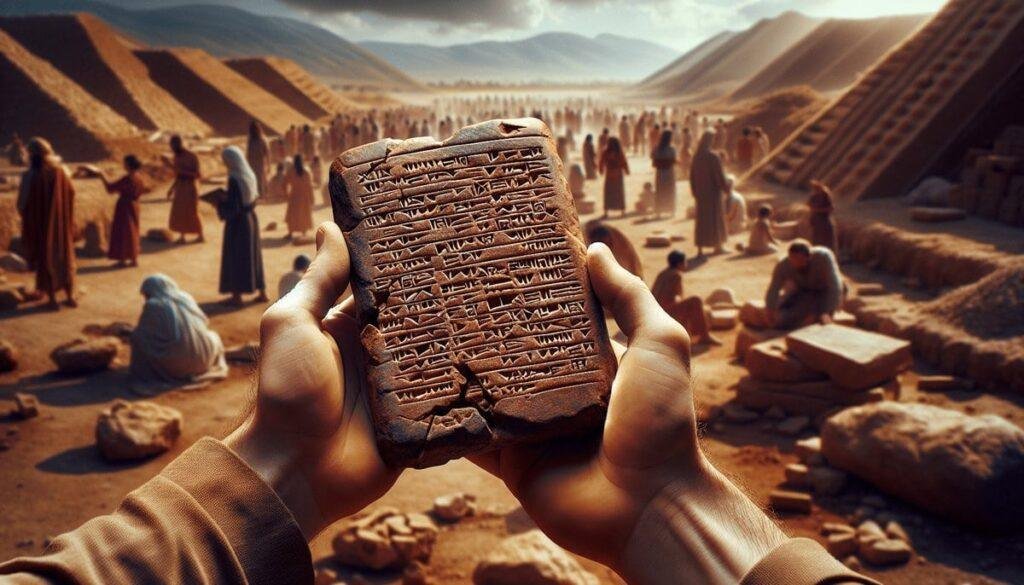Have you ever wondered about the artifacts that have shaped the practices of temple worship over centuries? Objects that have been central to some of the oldest religious traditions throughout history can tell us a great deal about the cultures and eras they come from. In discussing these artifacts, we traverse a path woven through millennia, tracing how the tangible elements of worship have transformed alongside beliefs and rituals. “The Evolution of Temple Worship Artifacts” sheds light on this captivating journey, offering insights into ancient practices and their enduring influence on contemporary worship.

This image is property of www.ramana-maharshi.org.
Introduction
The fascinating world of temple artifacts provides a window into the past, revealing how various objects used for worship have evolved concurrently with human spirituality. The discovery of these artifacts offers crucial insights and raises important questions concerning the history of religious practices and their significance in various cultures. As we delve deeper, we uncover not only the religious purposes these artifacts served but also their historical contexts, reflecting human civilization’s collective journey. This article will explore key discoveries, the tangible evidence of these artifacts, and their lasting significance in shaping modern understanding of temple worship.
Discovery Context
Biblical References
Biblical texts offer some of the earliest documented references to temple worship, providing a framework for understanding the religious artifacts utilized during those times. The Old Testament, for example, is replete with descriptions of sacred objects, such as the Ark of the Covenant, the menorah, and various altars, each rich in symbolic meaning.
Historical Background
The evolution of temple artifacts is deeply intertwined with the historical and cultural changes across civilizations. From the earliest temples in Mesopotamia and Egypt to the grand structures of Solomon’s Temple in Jerusalem, these artifacts illuminate the religious practices of ancient peoples. Each era and culture contributed unique materials and designs, reflecting regional variations and innovations in craftsmanship and religious expression.
Geographic Location and Recent Findings
Temples, intrinsic to ancient settlements, are archaeological goldmines. Recent excavations across places like the Near East, South Asia, and the Mediterranean basin have unveiled significant artifacts, broadening our understanding of ancient worship practices. Findings such as ceremonial vessels, incense burners, and sacrificial implements provide tangible proof of the routines and rituals of ancient temple life.

This image is property of authindia.com.
Archaeological Evidence
Specific Artifacts
Among the plethora of artifacts discovered, the most striking include stone altars, bronze incense burners, and intricately carved idols. These objects are not merely relics of the past; they are keys that unlock stories of religious and cultural importance.
Dating Methods
Archaeologists employ various methods to date these artifacts, such as radiocarbon dating, stratigraphy, and typological analysis. These techniques allow researchers to establish timelines for when these objects were crafted and used, offering a chronological lens through which we can view historical changes.
Physical Descriptions
Artifacts found within temple sites often vary in design and material, shedding light on the resources and aesthetic values of the respective cultures. Stone, wood, clay, and metalwork artifacts exhibit the artistic expertise prevalent in different eras, revealing both religious symbolism and technical prowess.
Expert Interpretations
Leading archaeologists and historians interpret these artifacts to understand their religious and societal roles. For instance, pottery shards inscribed with ancient scripts may offer insights into liturgies, while architectural fragments can suggest the scale and grandeur of temple buildings. These interpretations are pivotal for connecting the material culture with the intangible beliefs of ancient peoples.

This image is property of enrouteindianhistory.com.
Significance
Biblical Implications
For those with a biblical interest, these artifacts provide validation and context to scriptural narratives. Constructions such as the First and Second Temples mentioned in biblical texts are better understood through the objects excavated in their remains.
Historical Impact
The continuous discovery and study of temple artifacts reveal their impact on cultural identities throughout history. Temples served as cultural hubs, and their relics, as they are unearthed, offer a tangible legacy that chronicles human religious experience.
Modern Understanding
The study of temple worship artifacts informs contemporary religious practices by highlighting foundational beliefs and practices that are still relevant today. The evolution from rudimentary altars to sophisticated temple architecture underscores humanity’s perpetual search for divine connection and understanding.
Research Status
Current research continues to expand our knowledge about temple artifacts and their contexts. Interdisciplinary studies combining archaeology, theology, and anthropology provide enriched narratives and uncover links between past and present practices.

This image is property of www.ramana-maharshi.org.
Conclusion
In summation, the exploration of temple worship artifacts provides not only a deeper understanding of past religious practices but also an appreciation for their role in shaping human cultural evolution. As discoveries continue to be made, these artifacts offer new insights and inspire ongoing inquiry into how they have influenced modern worship. Consider how these ancient objects inform our current understanding of faith and culture, and stay curious about what future discoveries may further reveal.
This exploration of temple worship artifacts invites thoughtful reflection on the convergence of the historical, the cultural, and the religious, accentuating their timeless relevance.





